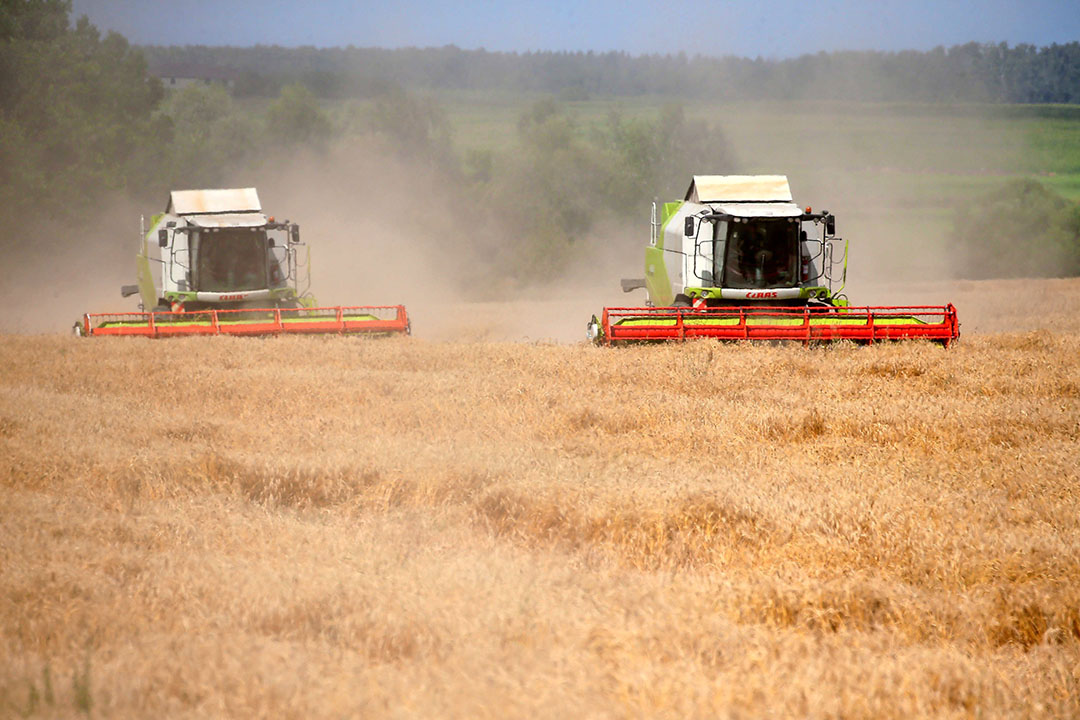Wheat prices remain relatively stable

The demand for old wheat harvest has largely expired. Although demand has fallen wheat prices remain relatively stable.
The impact on the demand side is very uncertain due to the corona pandemic. Normally we look at the weather, sowing and growing season and on the demand side we look at trend sales, including export and compound feed production. But the current economic situation is new for everyone, which makes trading more cautious than usual in times of recession.
Wasde report
The latest Wasde report from the United States Department of Agriculture (USDA) was not surprising. The global wheat supply increases in the 2020-20 season. The final wheat stock is estimated at over 310 million tons for the coming season. That is 15 million tons more than the current season. As a result, Rabobank analysts expect that wheat prices will come under pressure in the longer term. Dutch traders also assume this cautiously.
 Futures market
Futures market
Overview of futures prices for: corn, wheat and soybean
Record harvest for corn expected
The USDA expects a record harvest for corn, mainly because US corn production is increasing to a record 406 million tons. That was not surprising. A rebound in the maize trade is expected next season, mainly from ethanol factories. This demand largely disappeared this season due to the corona crisis, as fuel prices went down.
This week the forecast is: Stable to lower prices.











